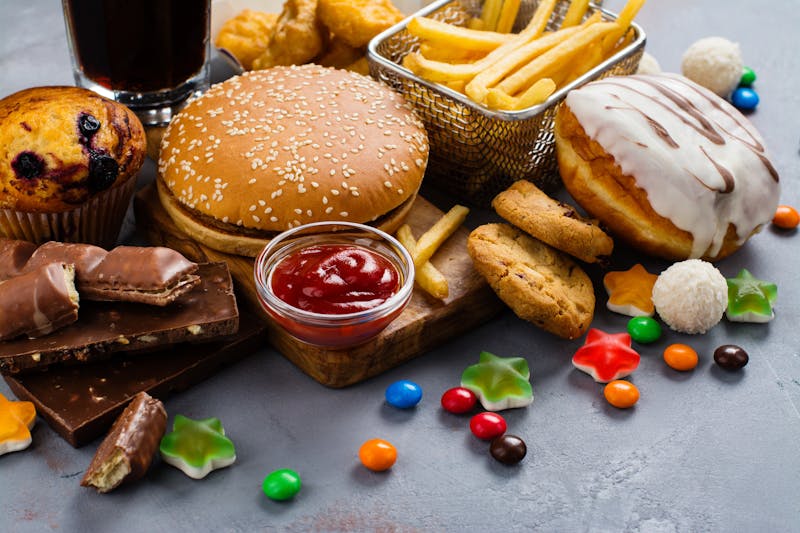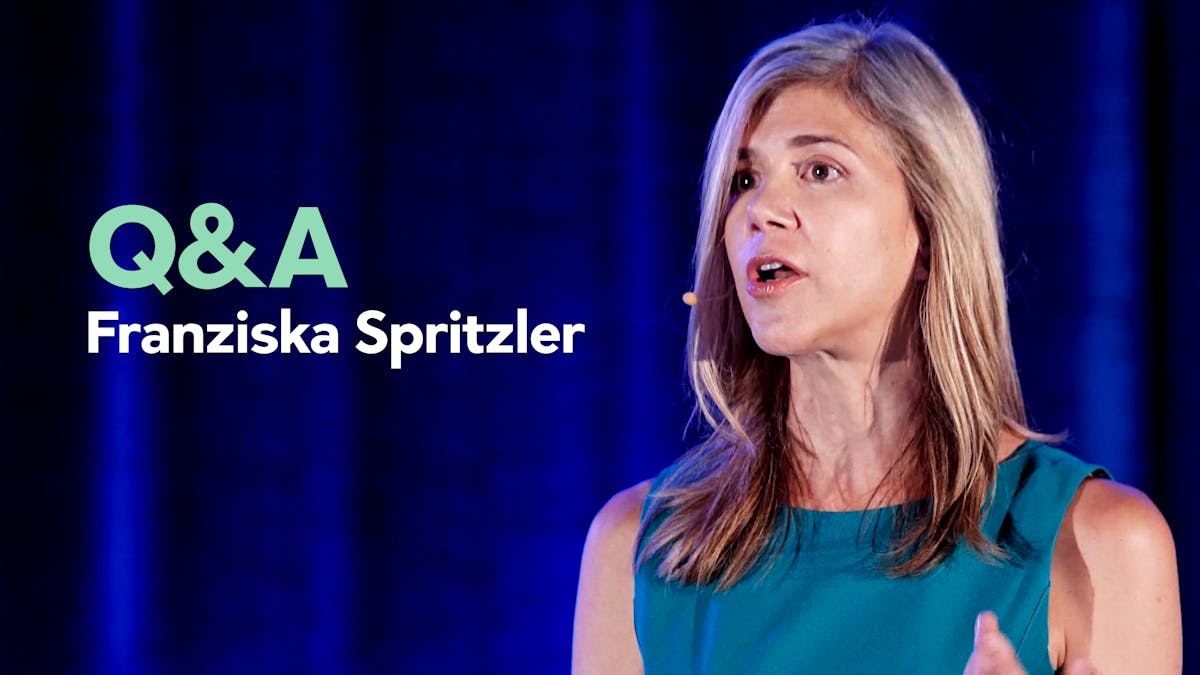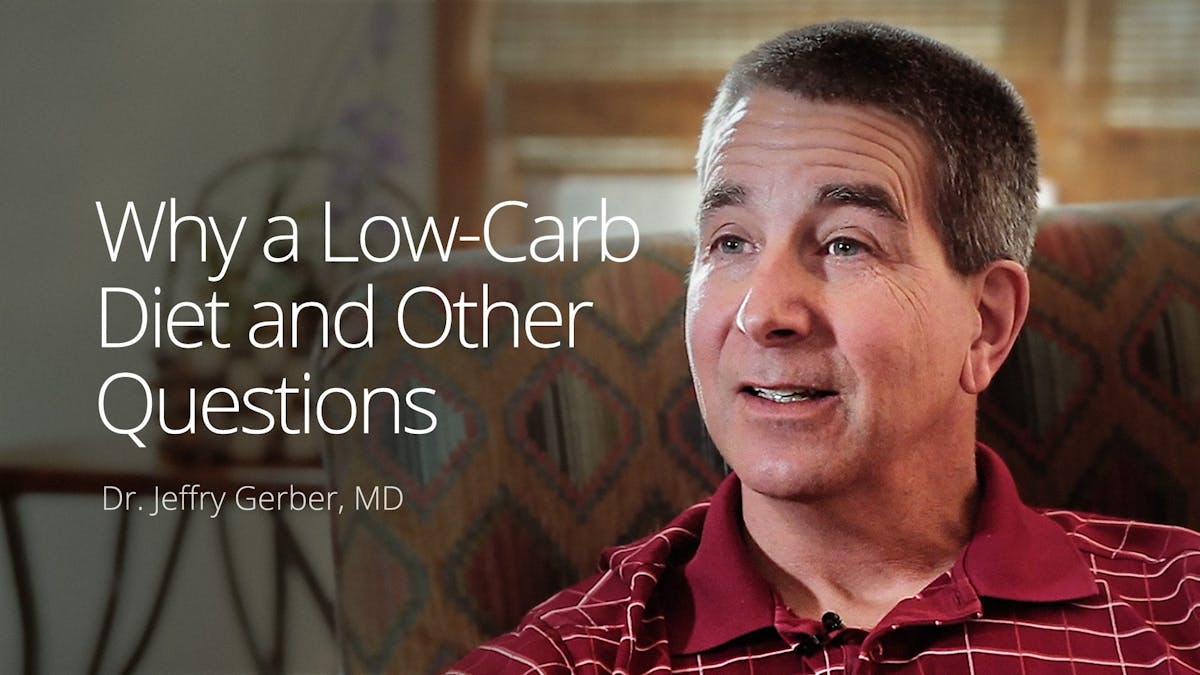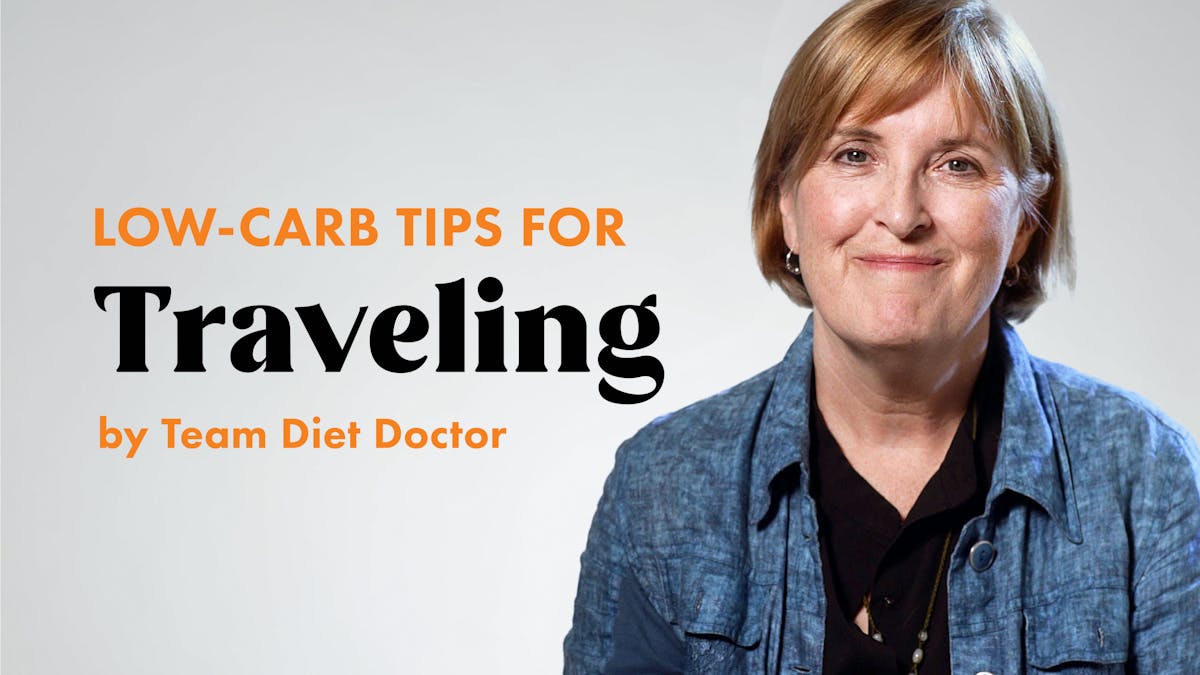Reflections on humans held captive in a carbohydrate culture

When refined carbohydrates are everywhere, how can we help the millions who are being held captive, against their knowledge, by an endorphin-releasing, addictive substance that is making them fat and ill?
I have been thinking about that question a lot, ever since returning from the Low Carb USA conference in San Diego at the end of July.
The conference itself was a fabulous four days, full of cutting edge presentations by leading low-carb experts like Jeff Volek, Dr. Steve Phinney, Dr. Georgia Ede, Dr. Jeffrey Gerber, Miriam Kalamian, Dave Feldman and many more, including Diet Doctor’s Dr. Andreas Eenfeldt. We heard a number of times, particularly in speeches by Dr. Robert Cywse and by addictions researcher Nicole Avena, how addictive carbohydrates really are.
It was my first time, in my three plus years of ketogenic eating, that I’ve attended a world-class event devoted to the low carb (even no carb) way of life. It was invigorating and inspiring. The presentations were informative, detailed and motivating. The Q&A sessions after each speech featured thoughtful, applicable queries. Many of these presentations will be featured as videos on Diet Doctor in the months ahead.
For me, however, one of the most inspiring and motivating parts was simply meeting and talking with other attendees whose lives have been transformed, sometimes even saved, from finding the low carb ketogenic way of life.
Everyone had a story. Often it was a moving and dramatic transformation from ill health and disability to new-found vigor and wellness. I heard about adult epilepsy finally under control, hundreds of pounds lost, diabetes reversed, migraines eased or gone, depression lifted, even cancers held in remission. Some of these people will be featured in upcoming posts here at the Diet Doctor site.
A recurring theme, among all I talked to, was the overwhelming feeling of being set free, being liberated from the shackles of poor health and poor diet after years of captivity. Freedom from the siren call of carbs. It was freedom from feelings of guilt and shame over the weight they had tried for decades to lose. It was the freedom from feeling ill, tired and achy, of suddenly having energy and the desire to move and dance. It was freedom from feeling unjustly blamed by their doctors and others in their lives that they were simply making poor choices, or were too lazy or not trying hard enough. Now they knew that addictive carbohydrates had been unwittingly making them sick for years. They could see that now so clearly. Now they were free.
It was a joyful, inspiring, supportive mingling. At the end of the four days we parted with the hugs of true connections and friendships made.
And then, with a number of hours ahead of me before my plane back to Canada, I decided to visit the world famous, award-winning San Diego Zoo. The zoo pays the utmost attention to creating for each species its optimal environment and diet. For their pandas and other animals that live on bamboo, for example, they grow 67 different bamboo taxa. Their astonishing collection of birds each have their nutritional needs researched and a diet created that mimics what it would consume most closely in the wild. The carnivores, like their 18 Sumatran tigers, get fed shank bones or rabbit carcasses stuffed with beef heart.
All the animals looked remarkably healthy, happy and well-cared for, existing on the food they were evolved to eat in an environment that mimicked their natural habitat.
Not so the humans — thousands of them visiting the zoo on this hot July day. Many looked miserable, exhausted, chaffing under the hot sun. Three out of four, alas, were overweight or obese. Children, adolescents, adult men and women, seniors.
All around, however, were food kiosks selling huge containers of soft drinks, ice cream, corn dogs, hot dogs, pizza, french fries, kettle corn and much more. Sweet smells lingered and taunted on the breeze. Many people munched on carb snacks or sipped from huge containers of sugary drinks as they watched the animals eat their specially-tailored optimal diets designed for their specific needs.
It was the humans who were captive in an unhealthy environment, caught in a carbohydrate-addictive culture that they did not know yet was a cage that was making them sick, fat and exhausted. It was heart breaking to see. As Kristie Sullivan noted so eloquently last year in a post called Carb Trouble, “how do you start a conversation?” with a stranger to let them know that all the carbs in their life are what is likely causing their ill health and weight gain. You simply can’t start the conversation. They must hear it from a trusted source, like a doctor, friend or family, or from a ground-swell movement that has them see, with their own eyes for the first time, the bars and chains of their carb cage.
It was deeply upsetting. But I came home redoubled in my commitment to help spread the word as far and as wide as possible through Diet Doctor, to help make low carb simple and understandable to all.
More
Earlier
All earlier posts by Anne Mullens
Top videos on how to eat low carb
- MEMBERS ONLY
!["I sort of wanted to save the world"]()

- MEMBERS ONLY
![Q&A with Franziska Spritzler]()

- MEMBERS ONLY
![Why a low-carb diet and other questions]()

